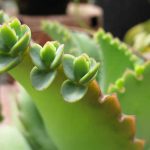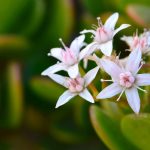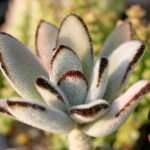Interested in cultivating Bromeliads in your indoor space or garden? These plants are known for their easy-going nature and unique charm. With a variety of types to choose from, selecting the right one can be a delightful challenge. Uncover all the essential information you need to successfully plant, grow, and nurture your Bromeliads regardless of the species you choose in the following guide.
With their captivating allure, it’s no wonder that many individuals are enticed to embark on the journey of growing bromeliads. However, a lack of knowledge often holds them back from taking the plunge into this distinctive plant realm.
The realm of bromeliads offers a diverse array of choices, each with its unique characteristics and requirements. Prior research is advisable if you wish to ensure the thriving health of your bromeliad.
What essentials should you grasp about bromeliads? Moreover, what are the fundamental requirements for successfully nurturing and showcasing these magnificent plants in your home or garden? Delve into this comprehensive discussion to equip yourself with the necessary insights.
Exploring the World of Bromeliads

Bromeliads belong to the Bromeliaceae plant family. Recognizable by their dramatic sword-shaped leaves and vibrant blooms, these plants feature a unique floral structure. The bloom typically forms a colorful bract that encloses the actual flower.
Epiphytic in nature, bromeliads rely on other plants for sustenance, securing their spot as “epiphytes.” Often found latched onto trees, stumps, or other plants, these species originate from tropical rainforests where they naturally grow on tree bark, deriving nutrients and moisture from the surrounding air.
Utilizing their roots to anchor themselves, bromeliads access moisture through a central tank or vase nestled within the rosette of leaves, which collects water during rainfall. In the wild, these tanks may host tadpoles or young frogs.
Well-suited for both garden landscapes and indoor settings, bromeliads flourish in well-draining, organic-rich soil. As a potted plant, they thrive in a mix of peat moss and bark chips or can be mounted on bark pieces for a visually appealing display.
Creating an ideal growing environment for potted bromeliads requires a loose, drainable mix such as orchid potting blend. Alternatively, you can affix bromeliads to trees or stumps using sphagnum moss at the roots secured with jute or fishing line.
Many enthusiasts discard bromeliads after flowering. However, with patience, a single bromeliad can give rise to an entire garden. Their resilience and low maintenance make them an excellent introduction to plant care for novices.
Exploring Diverse Bromeliad Varieties and Gardening Advice
Bromeliads offer a wealth of options as houseplants, with over 3,000 distinct species categorized into approximately 75 genera native to Central and South America and subtropical North America. Additionally, there are numerous cultivars tailored for commercial sale.
Here are seven categories of bromeliad varieties suited for indoor cultivation:
Aechmea (Aechmea Spp.)

Aechmea species, particularly A. Fasciata (urn plant) and A. Chanting (zebra plant), stand out as tough and durable bromeliads. Their robustness contributes to their status as preferred indoor choices. Noteworthy for their size and visual appeal, their flowers and bracts remain vibrant for up to six months before fading, but they can be propagated easily.
- Height: Varies by species
- Sunlight Needs: Indirect sunlight with brightness
- Native Habitat: South America, Central America, and Subtropical North America
- USDA Zones: Typically grown indoors in zones 10-11
Guzmania (Guzmania Spp.)
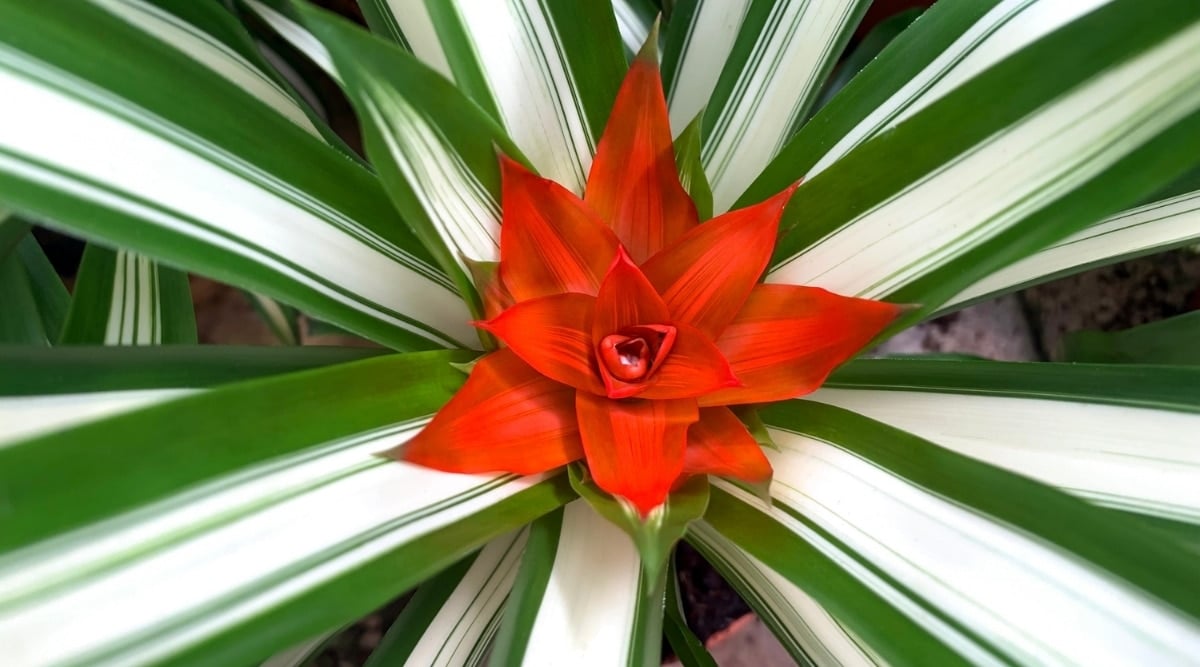
Guzmania bromeliads exhibit an array of leaf colors, including red, purple, orange, yellow, and white, with relatively subtle flowers. Offering weeks of vibrant color, they make splendid indoor display plants, cultivating new offspring or “pups” at their base.
Similar to other popular bromeliads, Guzmania species thrive as indoor specimens and readily propagate from their base “pups.” Ensure they receive indirect sunlight for optimal growth.
- Height: Variable, with most reaching around 24 inches
- Sunlight Needs: Indirect bright light
- Origin: Central America, Subtropical North America, and South America
- USDA Zones: Typically grown as houseplants in zones 10-11
Houseplant Favorites
- Neoregelia (Neoregelia Spp.)
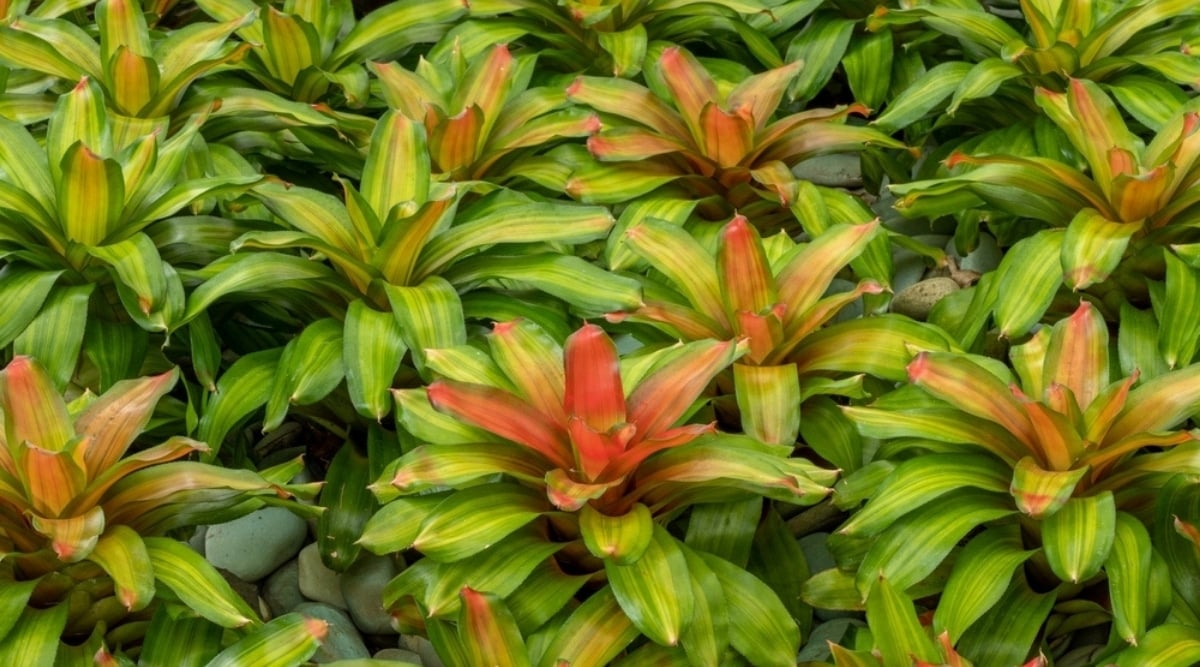
Neoregelia, known for its vibrant foliage instead of flowers, is ideal for adding dramatic color to your space. These compact plants are cold-hardy, standing strong in temperatures as low as 40 degrees. The N. Carolinae variation stands out with its unique, non-uniform coloration in its narrow leaves. During flowering, the cup center turns red, adorned with delicate blooms.
Fascinating Vriesea (Vriesea Spp.)
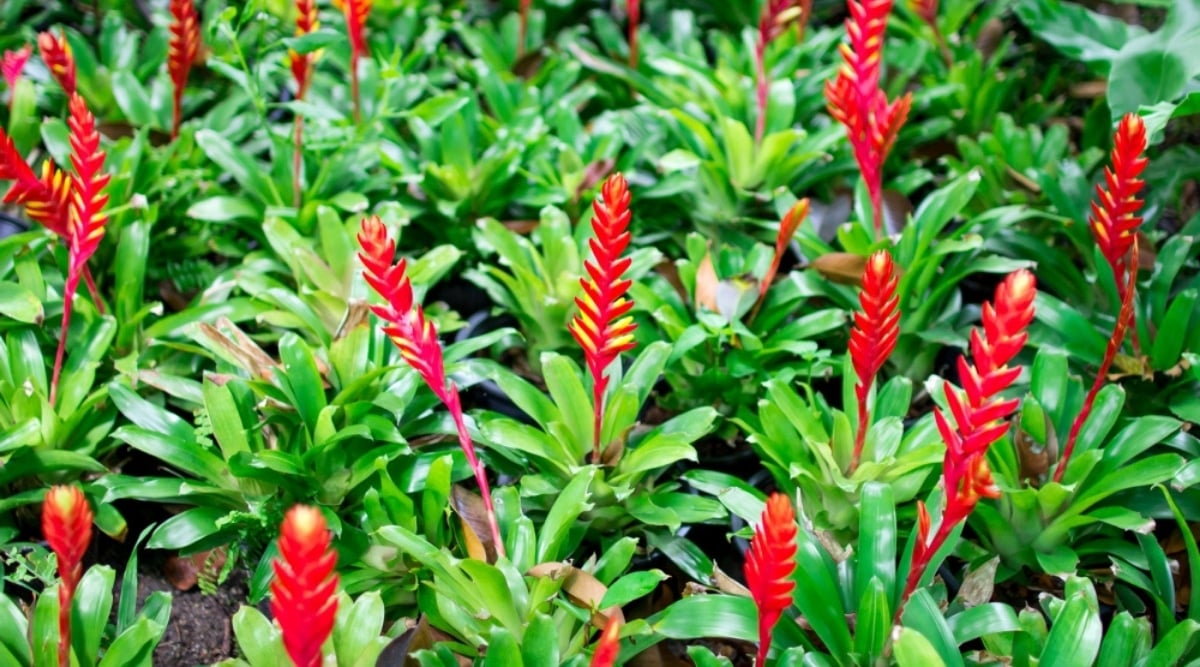
Vriesea bromeliads, offering both floral and foliage types, present a charming presence. These colorful plants feature flat flower bracts and tiny blossoms, making them delightful additions to any setting. Their feathery, variegated foliage adds to their allure, making them perfect for low-light conditions.
Unique Tillandsia (Tillandsia Spp.)

With over 500 species, Tillandsia is a vast genus in the bromeliad world. These epiphytic plants bloom in various hues like blue, white, and pink, thriving in bright light and high humidity levels. While they require regular misting, they make for stunning houseplants, complementing any space gracefully.
Elegant Billbergia (Billbergia Spp.)
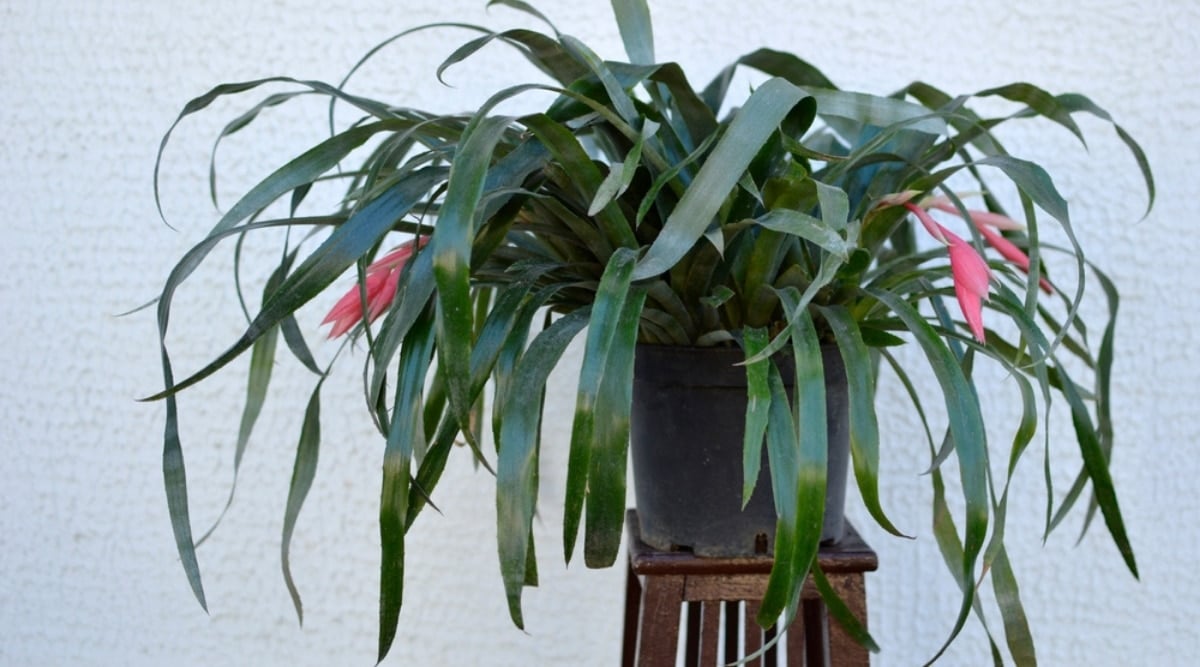
Billbergia plants, primarily epiphytic, can be potted in soil for indoor display. Their rosette or cascading foliage, paired with short-lived but stunning flowers in various hues, adds a touch of elegance to any room. Noteworthy species include B. Saundersii, B. Nutans, B. Distachia, and B. Pyramidalis.
Charming Hechtia Genus (Hechtia Spp.)

Approximately 50 species of Hechtia, native to Mexico, add a touch of exotic beauty to indoor and outdoor spaces.
The Hechtia genus plants can often be found growing alongside succulents on rocky slopes, or among cacti. These plants are renowned for their durability and resilience, being able to survive extended droughts by going dormant. They typically feature rosettes nestled close to the ground and long spiny leaves.
In cultivation, Hechtia bromeliads, like other types of bromeliads, bloom once before perishing. Some succulents, such as Frizzle Sizzles, have a similar life cycle. These bromeliads produce “pups” near the parent plant and thrive in temperatures ranging from 60 to 80 degrees Fahrenheit, requiring gritty soil like a cactus mix.
These bromeliads exhibit remarkable resilience to temperature extremes, tolerating fluctuations from as low as 20 degrees to over 100 degrees Fahrenheit. They are best suited for regions with appropriate temperatures.
– Height: Varies by species
– Amount of sun exposure: Full sun with partial shade
– Native Area: Mexico
– USDA Growing Zones: 9–11
### Bromeliad Variation Wrap Up
These seven genera of bromeliads are among the most stunning houseplants. You can find popular species at local garden centers, while rarer varieties may be available from specialized online retailers.
### How to Grow Bromeliads
Caring for bromeliads is straightforward under suitable conditions. These plants thrive in warm, brightly lit areas, with their central vase constantly filled with water. It’s advisable to use rainwater due to their sensitivity to tap water chemicals. If rainwater isn’t available, allow tap water to stand for 24 hours or boil and cool it before use.
After flowering, the parent plant dies but produces “pups” that can be potted to grow new plants. Bromeliads enjoy humidity, so moistening their leaves regularly is beneficial. The choice of potting method and medium significantly influences their moisture levels; plastic containers retain moisture longer, suitable for arid regions, while porous clay pots allow better drainage.
Avoid using regular soil for potting bromeliads as it is too dense. Opt for specialized potting mixes or porous materials instead.
### Where to Grow Bromeliads
Most bromeliads thrive in warm, well-lit rooms, with blooming temperatures around 68 degrees Fahrenheit. Avoid placing them near radiators to prevent leaf burns. Bathrooms with warmth and humidity mimic their natural habitat, while conservatories can also support their growth, provided they are shielded from extreme heat.
### How to Care for Bromeliads
While repotting bromeliads, consider a half-and-half compost mix, preferably peat-free like orchid compost, beneficial for various purposes.
#### Watering
The unique watering method involves maintaining a central tank between the leaves, using rainwater if possible. Every few weeks, empty and refill the rosette to prevent bacterial buildup while keeping the compost sufficiently moist.
#### Fertilization
When it comes to bromeliads, fertilizing is not a task that requires frequent attention. However, it’s advisable to occasionally use a water-soluble fertilizer, ensuring it doesn’t enter the central plant tank. For air plants, dilute liquid fertilizer to half strength and apply directly to the plant for optimal growth.
Over-fertilizing bromeliads, known for their slow growth rate, can have adverse effects, including faded colors and untidy foliage. During summer, keep the compost moist but avoid adding water in winter unless it’s excessively dry.
Creating a humid environment is crucial for bromeliads’ well-being. Indoor plants thrive in about 60% humidity, which can be maintained by using a humidifier nearby. Placing the pot on a tray with water-filled stones helps increase humidity levels without saturating the roots.
Bromeliad Propagation
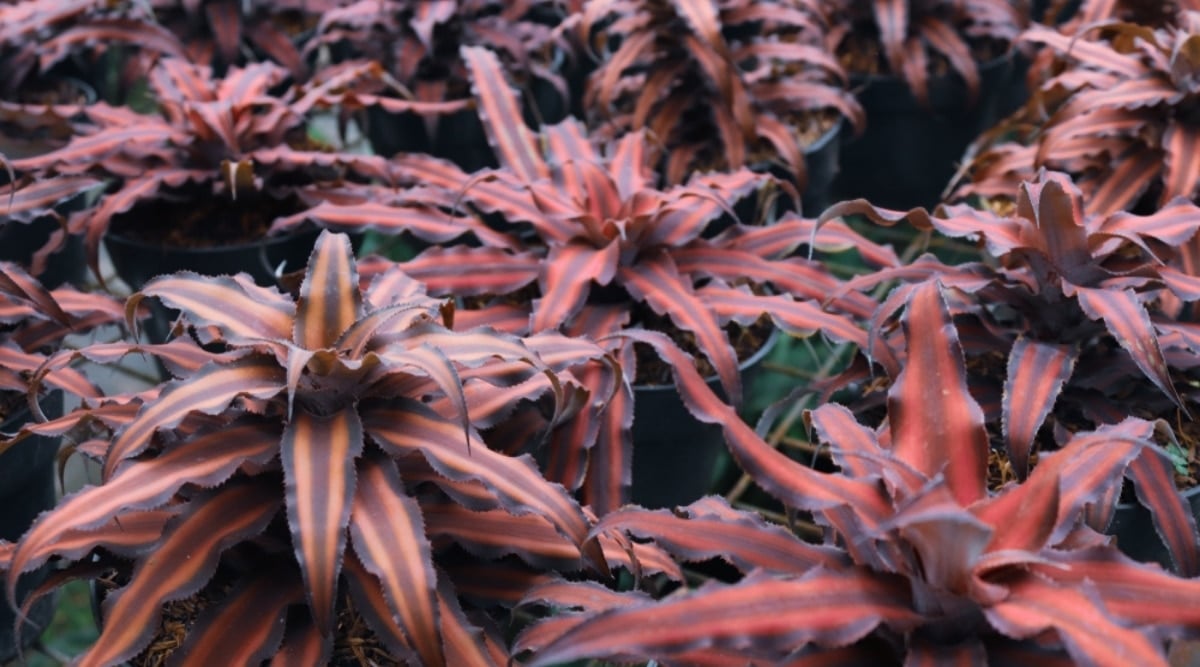
Propagation of bromeliads involves the development of offshoots, known as pups. These pups typically appear after the plant’s blooming phase and signify the beginning of the next generation. As the mother plant withers over time, it produces multiple sets of pups that can be harvested and nurtured independently for future growth.
Optimal Humidity Levels

To maintain the required humidity levels for your indoor bromeliads, use a humidifier in proximity to the plants. Additionally, placing the pots on trays with water-filled stones can help elevate the moisture in the air around the plants, promoting healthy growth without risking root rot.
Bromeliad Offshoots
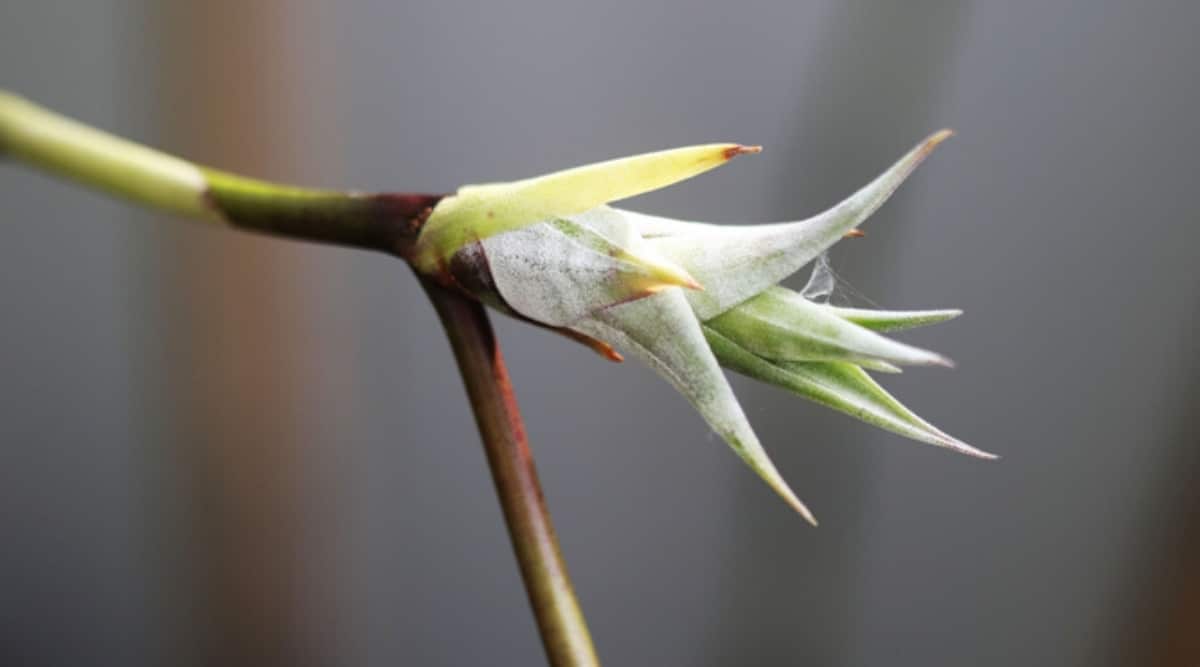
Offshoots, or pups, of bromeliad plants are vital for the plant’s propagation. These pups develop post-blooming period and can be harvested once matured to continue the growth cycle. The mother plant continues to thrive while producing multiple sets of pups, ensuring a continuous life cycle for the bromeliad species.
Tips on When and How to Remove Pups

The mother plant can channel its energy into producing more offsets if you opt to remove the pups prematurely while they are small. As long as the offsets are at least half the size of the original plant, you can safely remove them. Roots are not essential for pup survival, so remain patient if roots are not visible before removal.
When you decide to remove the pups, equip yourself with a sterilized, sharpened knife. Cut the pups off as close to the mother plant as feasible without causing damage. If desired for display purposes, you can peel off the outer leaf barrier on the pup.
After removal, replenish the soil around the mother plant to aid in its recovery and nutrient absorption.
Effective Method for Potting Bromeliad Offsets
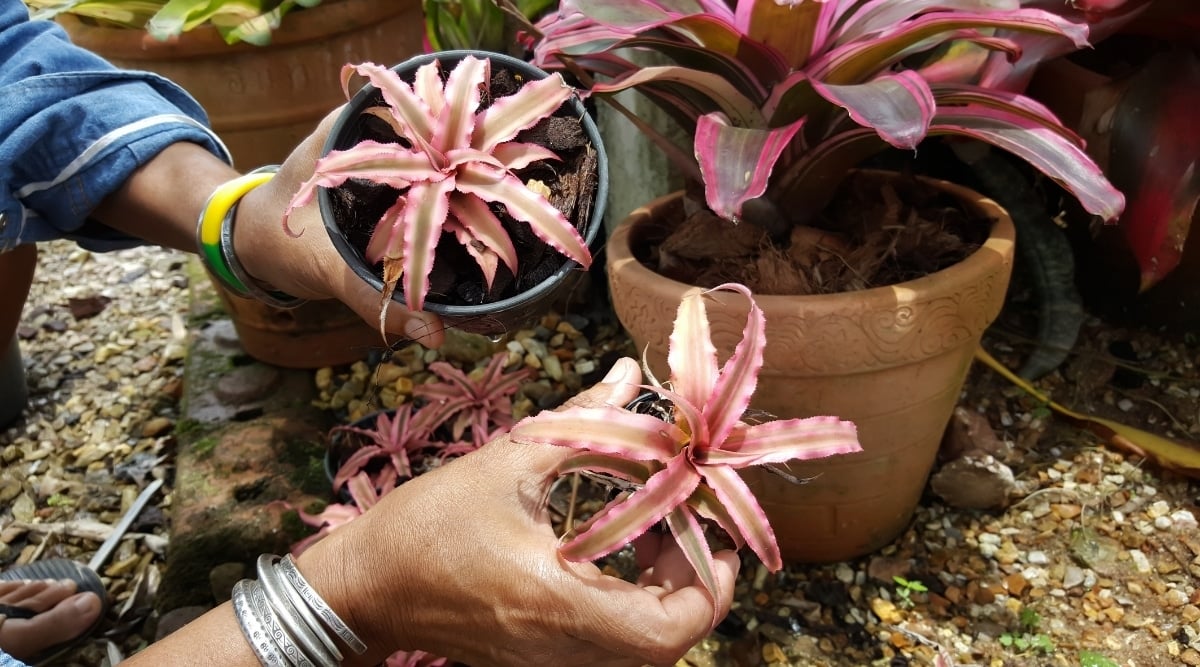
After separating your bromeliad pups from the mother plant, treat the cut ends with a fungicide and rooting hormone before placing them in individual pots. Use a shallow pot with proper drainage for the offsets, supporting them with wooden stakes until the roots are sufficiently developed.
Optimal conditions for pup growth include moderate humidity, warmth, and indirect bright light. Ensure the soil remains moist but not waterlogged to prevent root rot. Once roots are established, gradually increase sunlight exposure to promote healthy growth over time.
It’s rewarding to witness your plants bloom and multiply, allowing you to expand your bromeliad collection by caring for these resilient plants.
Common Pests and Diseases

Various symptoms such as brown leaves, yellowing, or pale green foliage can indicate specific issues like dry air, overwatering, or inadequate light exposure. Insects like scales, spider mites, and mealybugs can infest bromeliads, causing sticky substances that may lead to black mold.
Regularly inspect and clean your plants to prevent pest infestations, considering organic insecticides if necessary for pest control without harming your bromeliads.
Tips for Buying Bromeliads
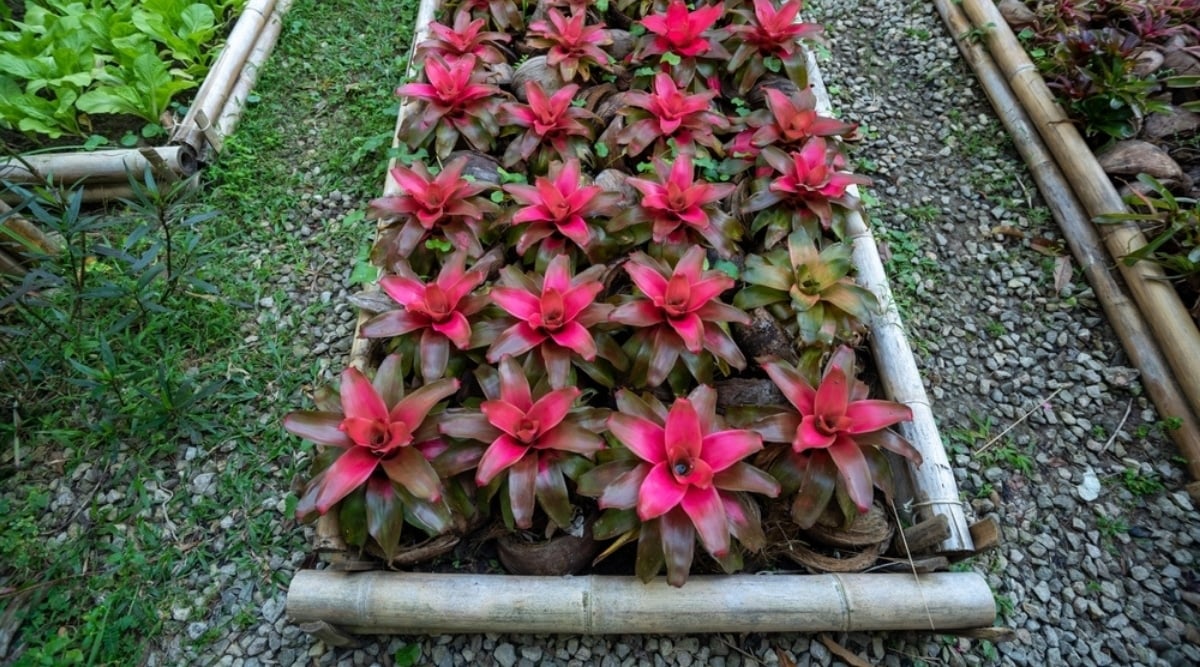
If your local florist might carry bromeliads, but for a wider selection, try seeking out a specialized plant shop.
The Guzmania species is commonly found in supermarkets and smaller garden centers, known for their vibrant, multicolored flowering bracts.
Bromeliad enthusiasts have cultivated these plants to thrive in home environments with minimal light and water requirements.
Prior to buying a bromeliad, it is important to inspect several aspects of the plant:
Begin by examining the moisture level of the soil in the container, as overly damp soil can lead to root and crown rot.
Check the leaves for firmness and a bright green color, avoiding plants with yellowing or browning leaves.
Inspect the plant for pests, ensuring it is free from any insects that could harm its growth or spread to other plants.
Opt for younger plants just starting to show color, as they tend to last longer compared to fully mature plants.
Inquire about new shipments to acquire a freshly arrived plant, ensuring its vitality.
Find the perfect spot for your bromeliad at home and follow specific care instructions provided upon purchase, including using distilled or filtered water and ensuring adequate lighting.
Final Thoughts
Equipped with this knowledge, you are now ready to nurture your bromeliads, considering their unique light and watering needs for optimal growth.
With their diverse beauty and easy propagation through pup production, bromeliads can enliven your indoor or outdoor settings and provide a colorful touch to your space.
While not the longest-lasting plants, the joy of propagating new plants from a single bromeliad can be a rewarding aspect of caring for these lovely additions to your home decor. Happy Gardening!

